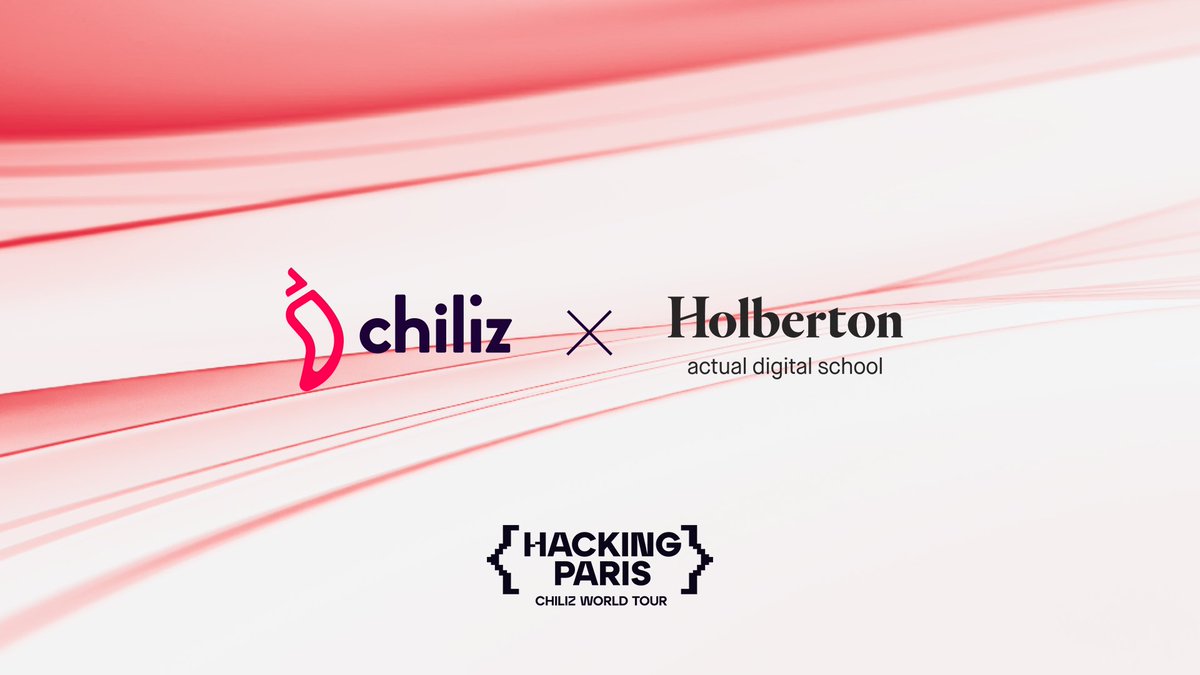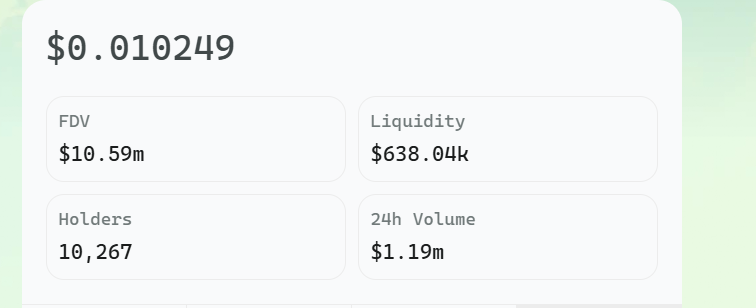Z biegiem czasu lojalnych zwolenników znaleziono różne sposoby na wyrażanie niezachwianego wsparcia dla swoich ulubionych drużyn. W przeszłości fani sportu prezentowali swoje zaangażowanie przede wszystkim poprzez zakupy towarów i udział w grach.Pojawienie się tokenów fanówWprowadzono nową możliwość angażowania fanów w swoje drużyny.
Chiliz (CHZ) zrewolucjonizuje doświadczenie dla entuzjastów sportu i rozrywki poprzez oferowanie markowych tokenów fanów. Dzięki tym tokenom fani mogą nie tylko kupować i handlować, ale także aktywnie uczestniczyć w głosowaniu, ankietach i ankietach, dodatkowo angażując się w procesy decyzyjne swoich ukochanych zespołów.
Co to jest Chiliz?
Chiliz to platforma fintech, która wykorzystuje technologię blockchain do świadczenia usług branży rozrywkowej i sportowej. Jego natywny token, CHZ, jest zbudowany naEthereumblockchain. Dzięki CHZ fani mogą kupować tokeny fanów i stać się aktywnymi społecznościami sportowymi.
Właściciele tych tokenów mogą bardziej angażować się w swoje ulubione drużyny sportowe, uczestnicząc wzarządzaniei procesy decyzyjne. Tworzy to poczucie przynależenia do fanów i społeczności bez potrzeby znacznych inwestycji finansowych. Warto zauważyć, że wybitne kluby piłkarskie, takie jak FC Barcelona, Paris Saint-Germain i Juventus, wydały własne tokeny fanów na platformie Chiliz.
Zespół Chiliz
Chiliz, założona w 2018 roku, jest odpowiedzialna za swojego dyrektora generalnego, Alexandre Dreyfusa, doświadczonego przedsiębiorcę w branży rozrywkowej i podróżnej. Zespół składa się z kilku kluczowych członków, w tym Emmy Discin, Thibaut Pelletier, Marka Verdegaal, Gilberi, Jamesa Newmana, Daniela Maglietta, Maxa Rabinovitcha, Fiobian Manico, Dorianne Spiteri, Karim Virani i Juliana La Picque.
Doświadczenie Dreyfusa i powiązania branżowe ułatwiły współpracę z godnymi uwagi osobami w świecie sportu i rozrywki. Jedną z takich współpracy jest Nicolas Maurer, dyrektor generalny i współzałożyciel Team Vitality, znanej organizacji e-sportowej. Ponadto zespół współpracował z Samem Li, byłym wiceprezesem NBA, dodatkowo wzmacniając sieć Chiliz i relacje branżowe.
Jak działa Chiliz?
Chiliz został zaprojektowany tak, aby zaspokoić określone potrzeby branży sportowej i rozrywkowej, w szczególności posiadaczy praw własności intelektualnej (IP), którzy są zainteresowani odkrywaniem technologii blockchain. Platforma umożliwia fanom aktywne angażowanie się i udział w zarządzaniu swoimi ulubionymi markami.
Kupując tokeny fanów, fani mogą mieć coś do powiedzenia w różnych aspektach marki, takich jak określanie składów początkowych zespołu, projekt koszulki lub kolor. Ta wyjątkowa funkcja zachęca fanów do zdobycia większej liczby tokenów fanów i aktywnego udziału w procesie podejmowania decyzji, zwiększając ich poczucie zaangażowania i własności w markę.
Rejestr CHZ
Wcześniej CHZ obsługiwał na blockchainie Ethereum, aby bezpiecznie rejestrować i przechowywać informacje o transakcjach. Jednak Chiliz opracował teraz własny niezależny blockchain warstwy 1, który zasila aplikację Socios.com. Ten niezależny blockchain zapewnia, że tokeny fanów i tokeny CHZ w ekosystemie Chiliz są bezpiecznie przechowywane, łatwe do śledzenia i potwierdzane.
CHZ Proof of Stake Authority
CHZ wykorzystuje protokół konsensusu Proof of Stake Authority (PoSA), który zwiększa wydajność i skalowalność oraz zapewnia wysoce responsywną sieć. Algorytm ten ułatwia generowanie i uwierzytelnianie tokenów fanów w ekosystemie CHZ.
Przypadki użycia CHZ
CHZ ma różnorodne zastosowania w ekosystemie Chiliz. Służy jako ekskluzywna waluta do zakupu tokenów fanów, która zapewnia fanom sportu prawa głosu i dostęp do ekskluzywnych usług, nagród i urządzeń oferowanych przez ich ulubione marki.
CHZ umożliwia fanom kupowanie tokenów powiązanych z ich obsługiwanymi organizacjami i dostęp do różnych treści, wspierając przejrzyste relacje między fanami a ich ulubionymi zespołami. Dodatkowo CHZ można stakować na wielu platformach, takich jakOKX Earn, oferując dodatkowe możliwości zdobywania nagród.
Tokenomika CHZ
Token CHZ ma łączną podaż 8 888 888 888 tokenów. Ta unikalna liczba została celowo wybrana i po osiągnięciu maksymalnej podaży nie zostaną wydane żadne dodatkowe tokeny CHZ.
Przydział CHZ
Dystrybucja CHZ jest ustrukturyzowana w następujący sposób:
- 34,5% zostało przydzielone na sprzedaż tokenów i przedsprzedaż.
- 20 procent jest zarezerwowane dla rezerw użytkowników.
- 15 procent jest przydzielane na operacje marketingowe.
- Kolejne 15 procent jest przeznaczone na strategiczne przejęcia.
- 3 procent jest przeznaczony dla doradców Chiliz.
- 5 procent jest przeznaczony dla zespołu Chiliz.
- 7,5% tokenów jest przeznaczonych dla inwestorów zalążkowych.
Co przyniesie przyszłość Chiliz
Pomimo zmienności rynku kryptowalut, Chiliz nadal odnosi sukcesy w przyciąganiu wielu popularnych marek sportowych na swoją platformę i oferując ekskluzywne korzyści fanom, którzy angażują się w aplikację. Więcej organizacji sportowych prawdopodobnie zdecyduje się na współpracę z Chiliz, aby tworzyć własne unikalne tokeny fanów. Ten ciągły trend sugeruje obiecującą przyszłość Chiliz i jego rozwój w branży sportowej.





























Społeczności